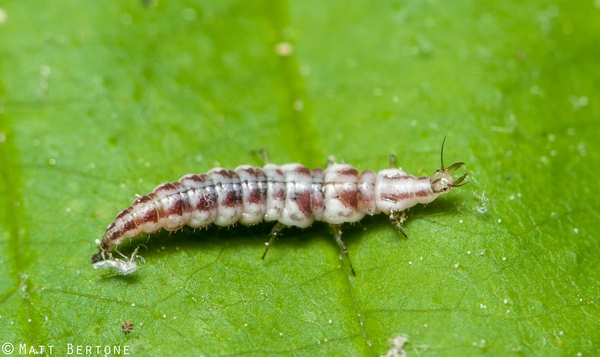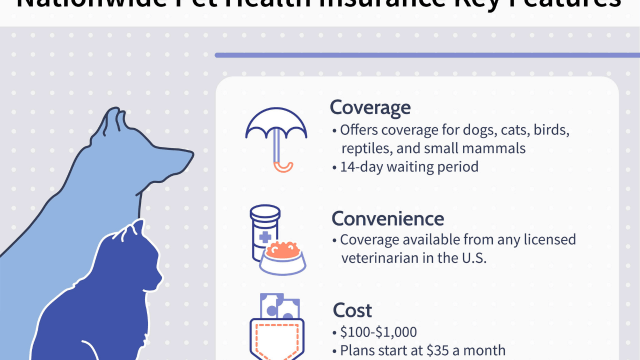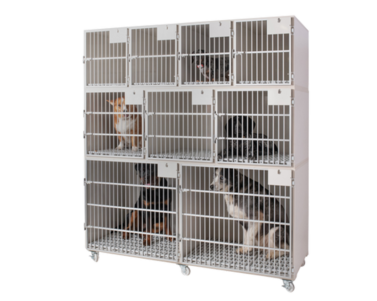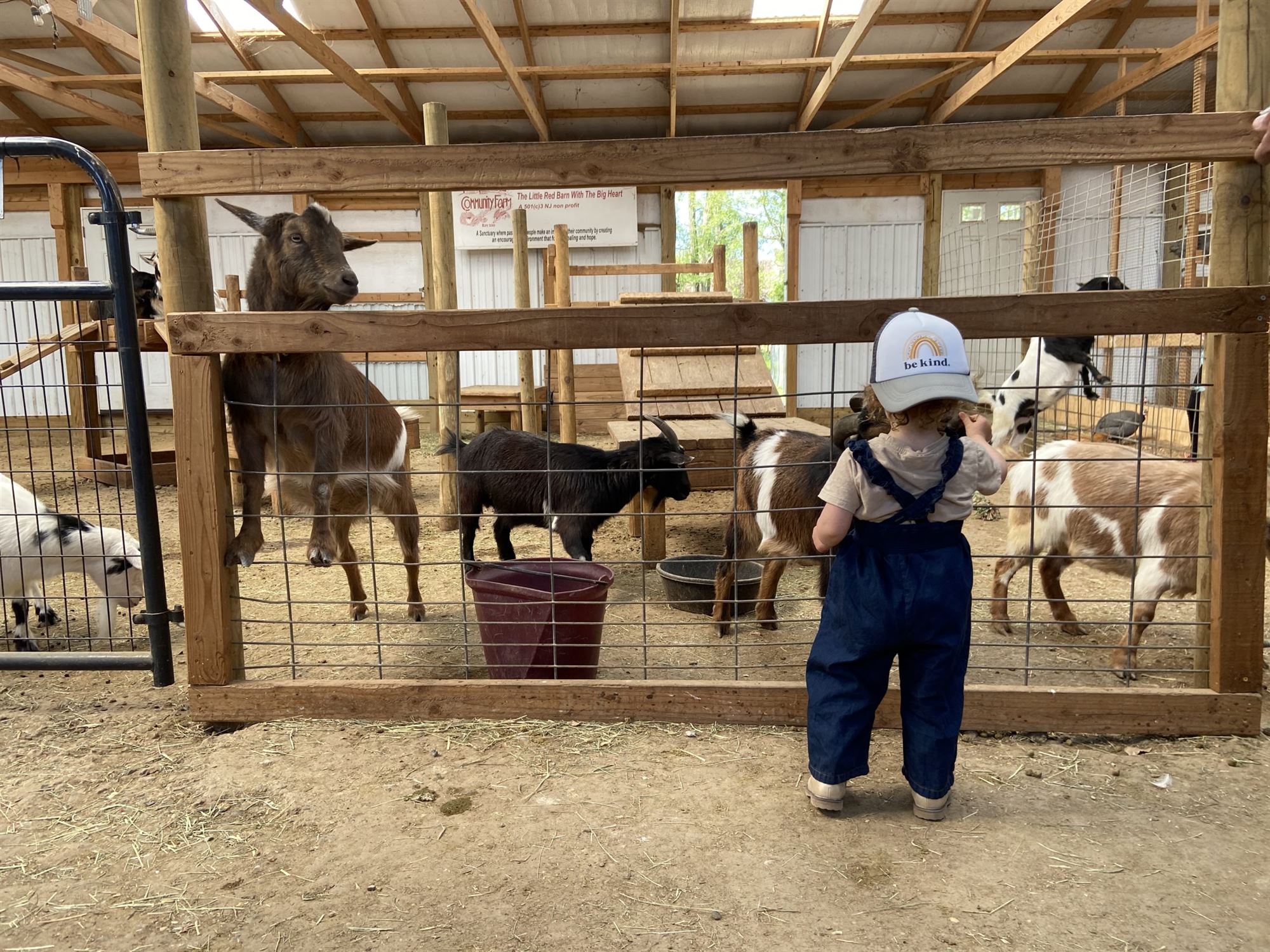Understanding the Basics of Pest Management for a Pest-Free Living Environment

Table of Contents
- Key Takeaways
- Why Pest Management is Crucial for Homeowners
- Integrated Pest Management (IPM) Strategies
- Professional Pest Control Services
- Preventative Measures to Keep Pests at Bay
- The Financial Impact of Pest Infestations
- Choosing the Right Pest Control Solution for Your Needs
- Future of Pest Control: Innovations and Trends
Key Takeaways
- Understanding and managing pests is essential for health, safety, and property protection.
- Identifying and treating infestations early prevents more significant issues and costs.
- Integrated Pest Management is a sustainable approach that combines various control methods.
- Preventative and maintenance efforts are central to keeping pests at bay.
- Compliance with health regulations is crucial when implementing pest control measures.
Why Pest Management is Crucial for Homeowners
Pests in the home are more than a mere nuisance; they can be a matter of concern for both personal health and structural integrity. Common household pests such as cockroaches, rodents, and mosquitoes are known carriers of various pathogens, which can lead to the spread of diseases like salmonella, hantavirus, and Zika virus. These pests can also cause extensive damage to your property, as termites and carpenter ants undermine structural wood, and rodents gnawing on wires increase the risk of electrical fires. Effective pest control techniques are vital in addressing these potential threats, but they should be executed in a way that does not adversely affect the inhabitants or the environment.
Different pests exhibit different behaviors and leave behind unique evidence of their presence. Rodents, for instance, leave greasy mark trails along walls and emit a characteristic musky odor, while termites discard wings near windows or doors after swarming. Insects like ants are generally seen in a trail, especially leading to food sources. Correctly identifying the pests is critical in choosing the most effective treatment plan. Ignoring or misidentifying these signs can lead to larger, more entrenched infestations that are much harder to control.
Integrated Pest Management (IPM) Strategies
IPM, or Integrated Pest Management, is a strategic approach to managing pests, including the crucial step of a pest inspection, by considering environmental, health, and economic factors. These strategies can include mechanical controls such as traps and barriers, cultural controls like proper sanitation and waste management, biological controls using natural predators, and chemical treatments as a last resort. Including a thorough pest inspection is vital in identifying the types, extents, and sources of pest infestations, which informs the tailored IPM strategy to be implemented. The goal of IPM is immediate eradication and long-term prevention, which is why education on pest life cycles and behaviors is also a crucial component. This comprehensive approach, beginning with a detailed pest inspection, ensures that pest control methods are as humane and non-invasive as possible, seeking a balance between effectiveness and ethics. A professional pest inspection can identify potential issues early, allowing for more targeted and effective management strategies under the IPM framework.
Professional Pest Control Services
Professional pest control services offer the expertise and equipment to tackle significant pest issues effectively. Experienced technicians can identify the type of pest, level of infestation, and the best course of treatment, often providing guarantees for their services. For persistent or dangerous infestations, such as those involving poisonous spiders or wasps, professional extermination is not just a convenience but a necessity for personal safety and comprehensive pest eradication.
Preventative Measures to Keep Pests at Bay
Prevention is always better than cure when it comes to pest control. Home maintenance tasks like fixing leaky faucets, sealing cracks and crevices, managing vegetation around the house, and keeping the kitchen clean can significantly reduce your home’s appeal to pests. Careful waste management and proper food storage are also essential in deterring pests from settling in. Seasonal changes often prompt certain pests to seek shelter indoors, making yearly inspections and preemptive treatments an excellent practice for homeowners.
The Financial Impact of Pest Infestations
Ignoring pest problems can result in considerable financial consequences. Structural repairs from termite or rodent damage can cost thousands of dollars, and a pest presence can diminish a home’s market value—potentially hindering future sales prospects. Regular pest control, though an additional expense, is an investment in the longevity and value of your property. Catching and dealing with pests early often means more straightforward, less costly solutions are possible.
Choosing the Right Pest Control Solution for Your Needs
Choosing the correct pest control method requires consideration of the specific situation at hand. Factors such as the type of pest, the extent of the infestation, the presence of children or pets, and personal preferences for natural versus chemical solutions all play a role in the decision-making process. Sometimes, a combined approach is best, merging professional services with the homeowner’s ongoing maintenance and prevention efforts to create a comprehensive, long-term solution.
Future of Pest Control: Innovations and Trends
The future of pest control looks to be as innovative as it is environmentally conscious. Continued advances in biotechnology promise more targeted pest control measures that minimize non-target effects and resistance issues. Meanwhile, new developments in natural pesticides, such as pheromone traps and microbial control agents, are expanding the tools available for effective pest management. The EPA’s discussion on New Trends in Eco-Friendly Pest Control illustrates the industry’s shift towards methods that respect the environment while providing safe, effective pest control options.






